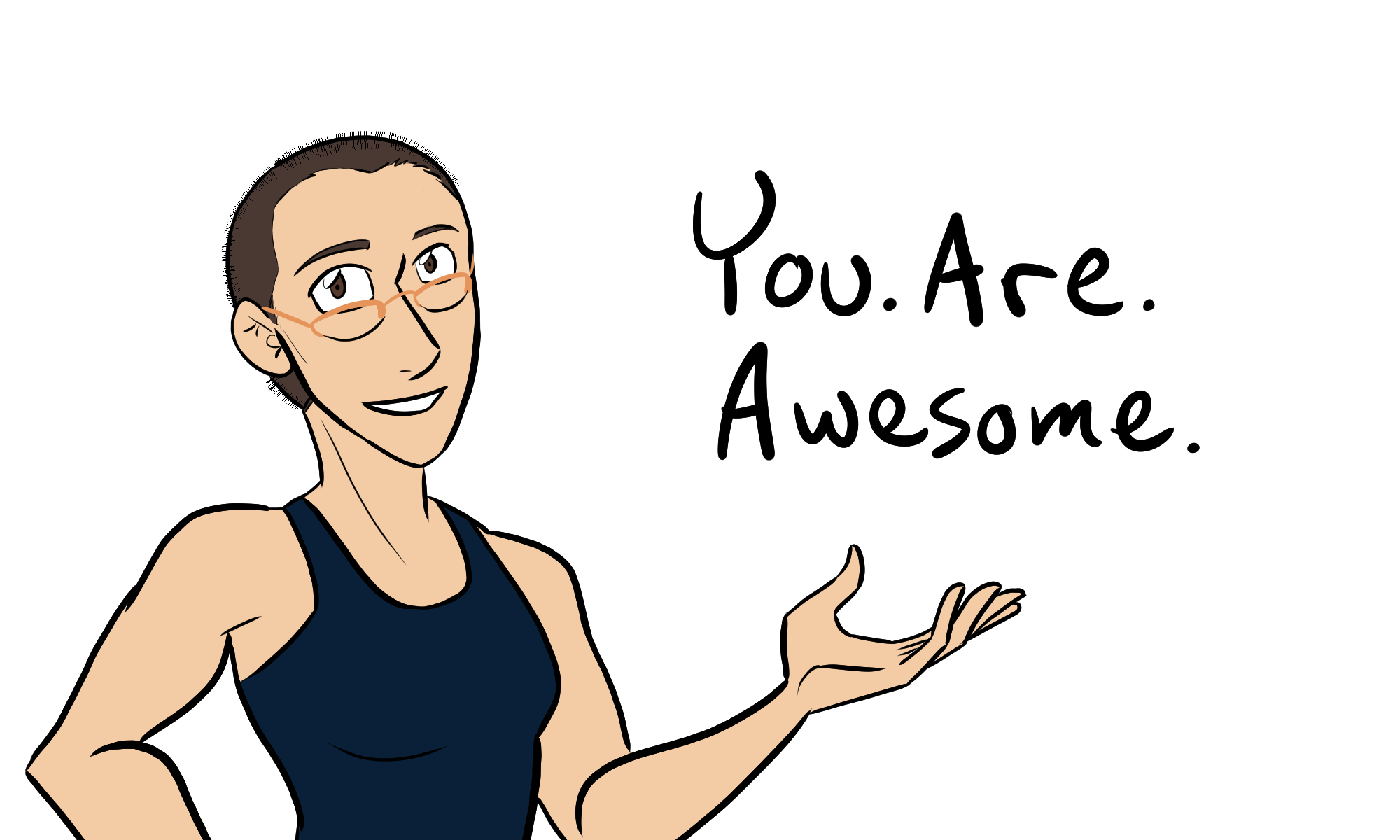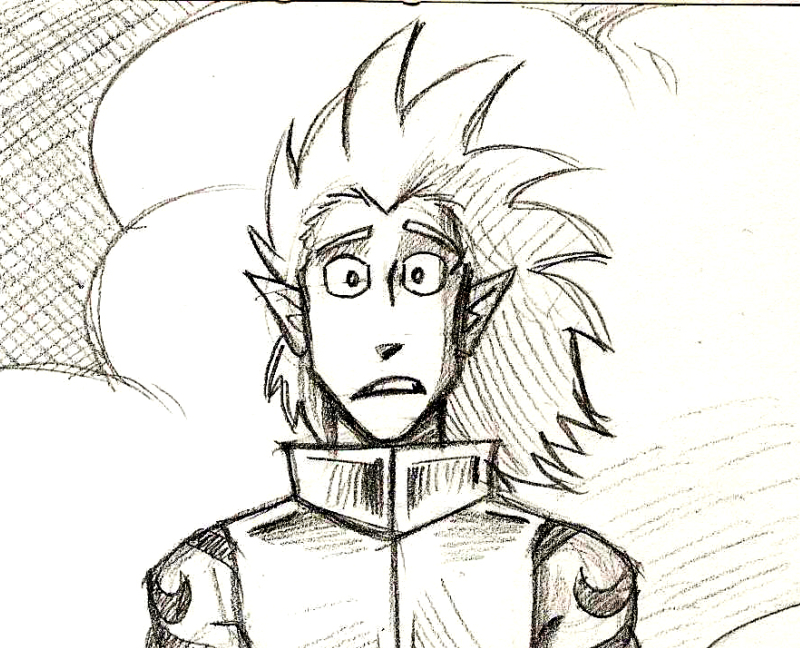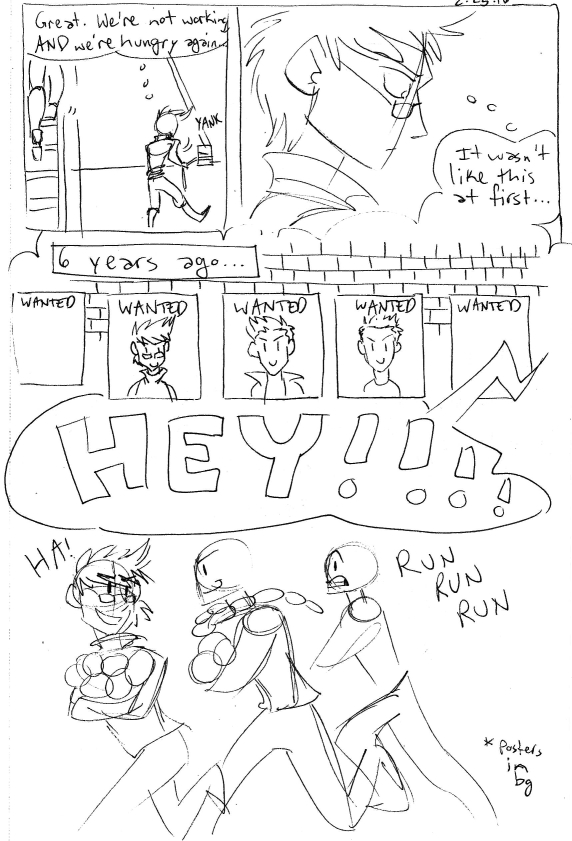Today for The Freelance Lifestyle, I’m going to give an honest take on what kinds of jobs you should pursue – especially if you’re freelancing for the first time.
For the first time freelancer, it can be tempting (or even encouraged) to take the first job that comes your way. For folks like me who have been freelancing for a few years, you get a better sense of what to say “yes” or “no” to.
I hope that in this blog post, you can learn from some mistakes I’ve made, so you can avoid really shifty, shady, or downright nasty clients.
Trust Your Gut.
Your logic brain will tell you to take any job you can get because “it’s money.”
But if there’s something about the potential client that makes you raise eyebrows, pay attention to that.
Pay attention to these signs if you’re unsure about a gig:
- Does the client use language that makes your spider sense tingle? For me, that looks like anyone who makes sexist jokes, or talks about Christian topics in really uncomfortable ways. My primary audience is the exact opposite of these people. So if a potential client is using language that my primary audience would NEVER use, I note that.
- Does the client use an obscene amount of emojis? I’m not knocking against emoji use. However, I’m encouraging you to spot any communication from your potential client that’s less than professional. Especially if you feel that it’s detrimental.
- Does this client have a digital presence that’s easy to find? Some clients will share their website or social media link with you. THIS IS GOOD. Some potential clients may not provide this information, even if you ask for it. THIS IS SHADY. Do your due diligence and go to Google. Cross-check them. If the search results come up with something weird or unsavory, voice that concern.
- Does this client balk at the idea of signing a contract YOU wrote? If you don’t know how to write a contract that protects you and a client, I wrote a post a long while ago about how to do it. There’s also some good templates through the Artist and Graphic Designer’s Market.
If you wrote a contract, and the potential client doesn’t want to sign it or even READ it, make note of that. A good client will ask clarifying questions before signing anything.
If I missed something, or if you still have questions, let me know in the comments. I’m happy to help.
That’s all for now. Thank you for reading!
You. Are. Awesome.


